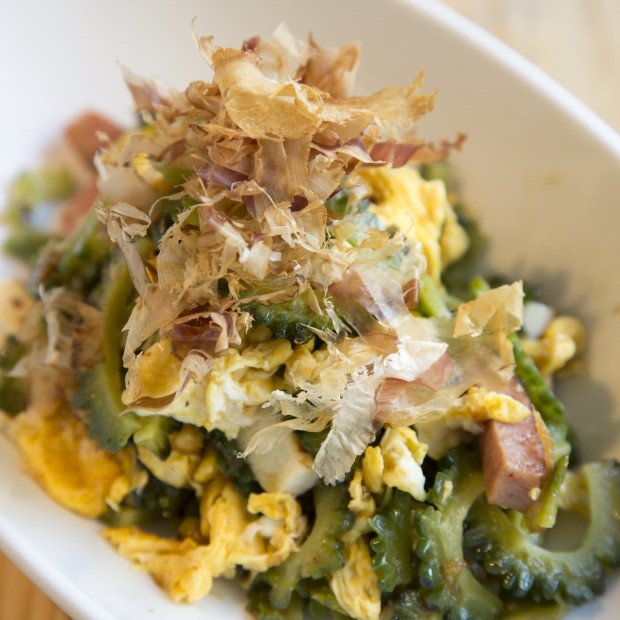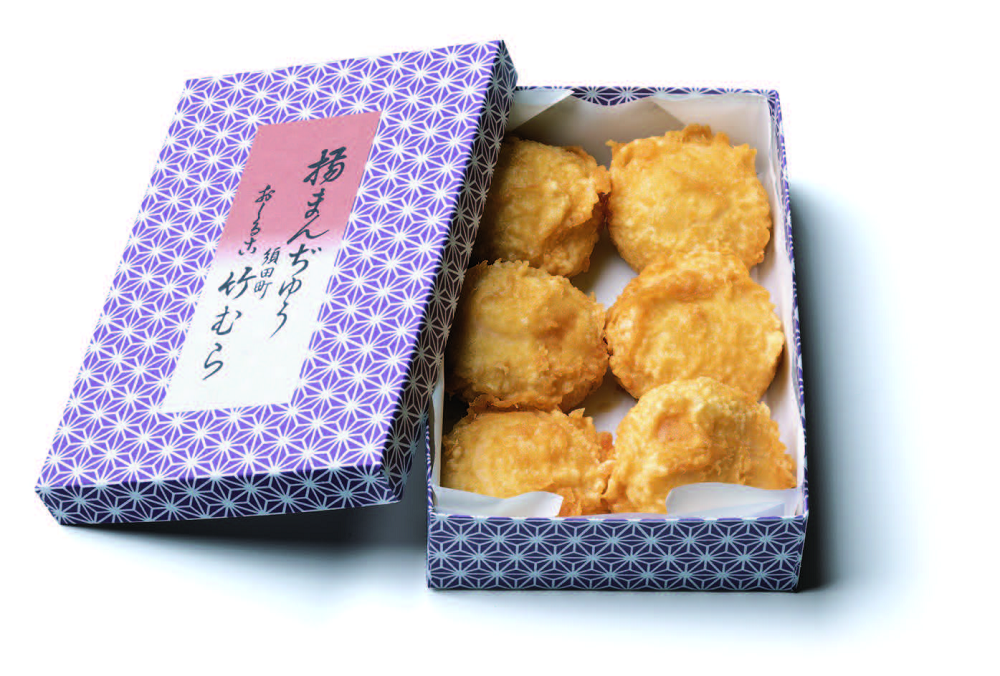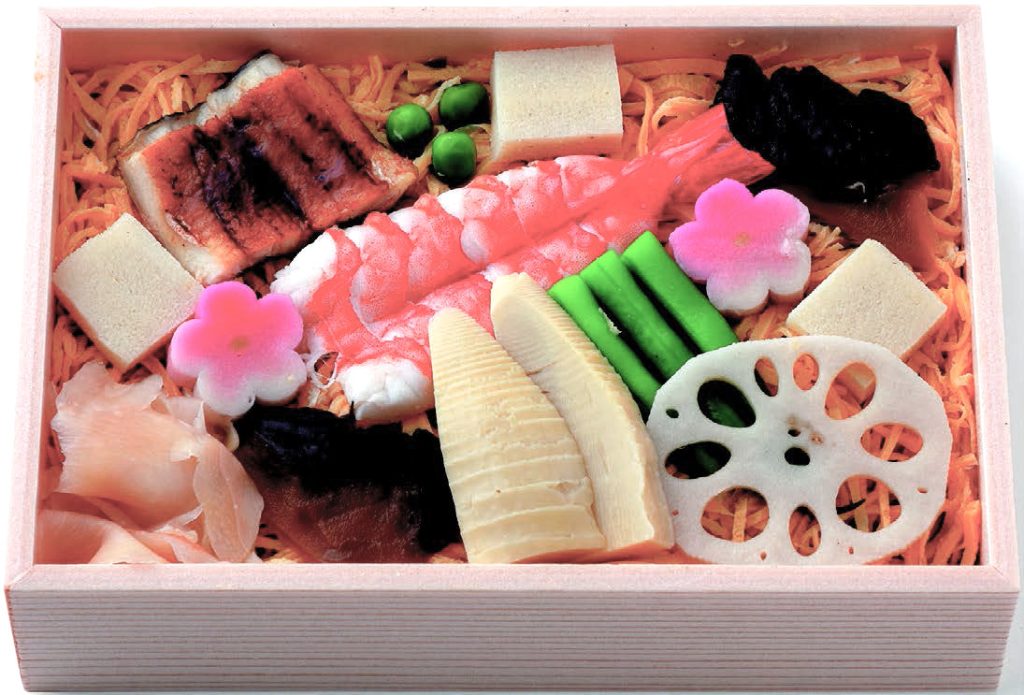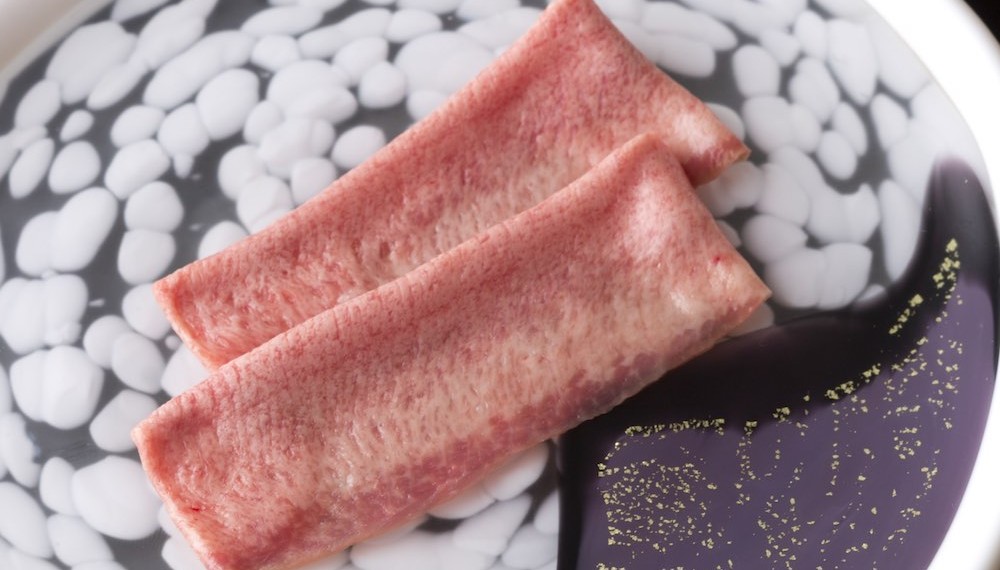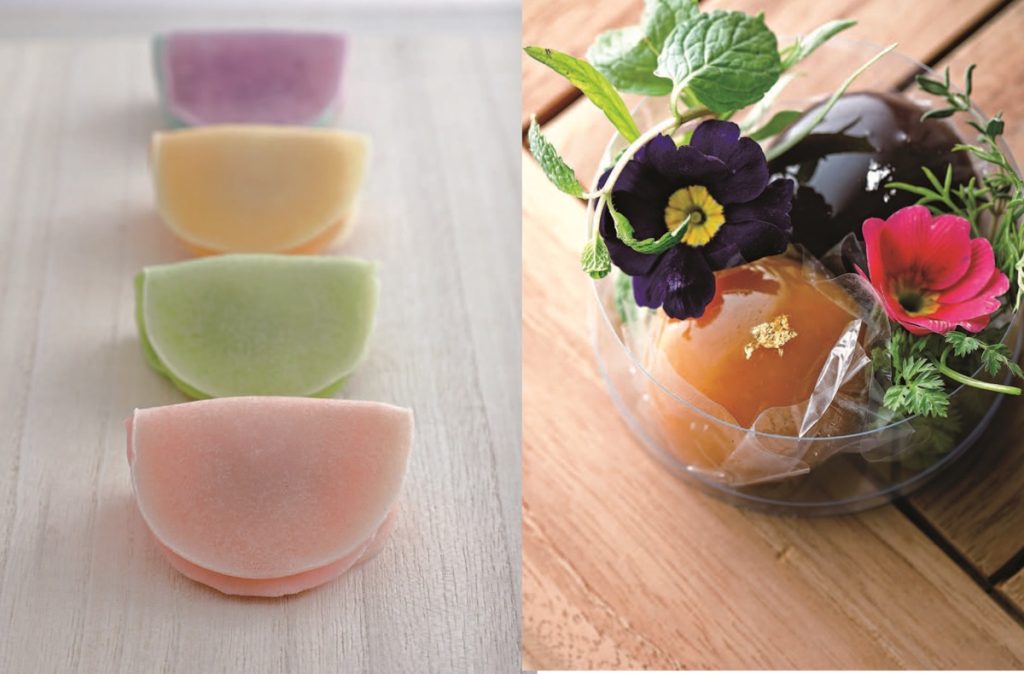‘Goya chanpuru’ (bitter melon stir fry) is one of the most popular Okinawan dishes. This section explains the delicious recipe, taught by Tamayose Fumihiro (玉代勢文廣) of the popular Aoyama (青山) restaurant Ryukyu Chinese TAMA.
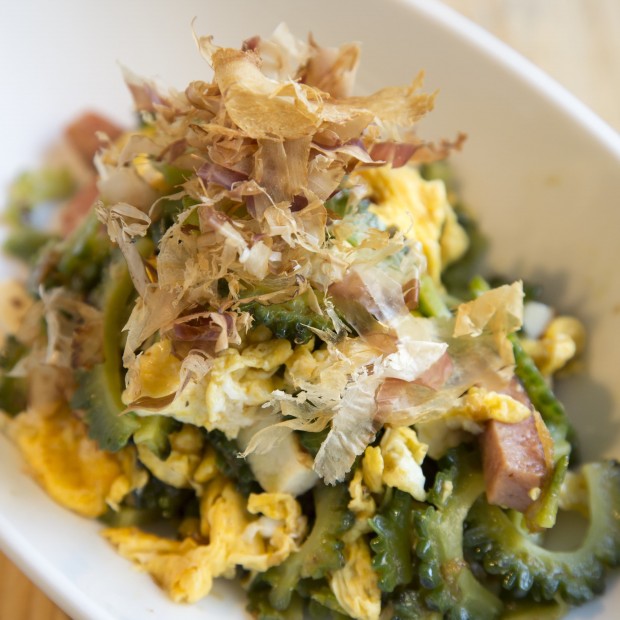
What are the tips on how to make Goya chanpuru?
Seven years have passed since Ryukyu Chinese TAMA, a restaurant serving Okinawan and Chinese food and wine, was established close to Aoyama Gakuin University. The restaurant is busy until late at night, mainly with people in creative professions. When I tell people that Goya chanpuru is a type of kinpira (way of cooking vegetables), they all look at me with a blank stare,’ laughs the owner, Tamayose Fumihiro. Certainly, this explanation does not immediately make sense to those who think of it as a stir-fry. In fact, its the fact that it is made and then kept to eat later, which makes it a ‘kinpira (きんぴら)’.
“Bitter melon stir-fry is a usually a meal prepped dish that people always have in the kitchenso that it can be added as a side dish to meals. So the goya is not crunchy, but soft. It is stir-fried so that it loses its bitterness. The way it is made is similar to kinpira. In kinpira, you fry it first and then simmer it. Bitter melon stir-fry is eaten cold, but at our restaurant we fry it again with an egg and serve it.”
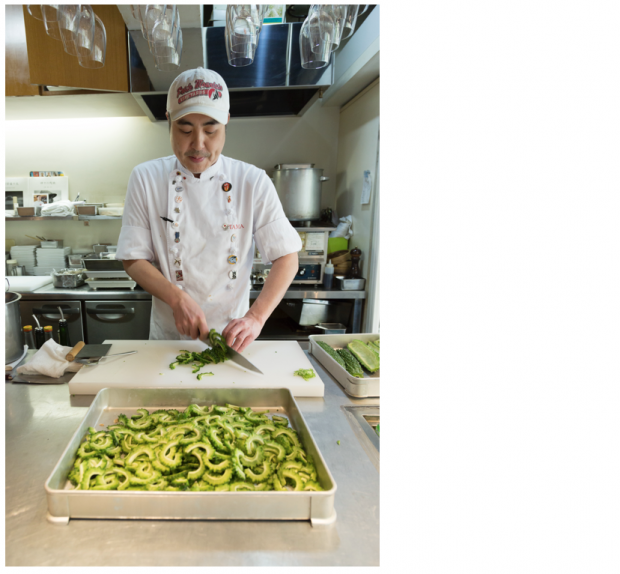 Tamayose Fumihiro. His parents are from China and Okinawa, and he makes dishes based on his own family’s taste, which is a mix of both cuisines.
Tamayose Fumihiro. His parents are from China and Okinawa, and he makes dishes based on his own family’s taste, which is a mix of both cuisines.
Ingredients for goya chanpuru
The ingredients are goya, pork luncheon meat, island tofu (島豆腐, tofu native to Okinawa) and eggs. These Okinawan ingredients complement each other in a perfect balance of flavours. Pork luncheon meat is canned pork that was rationed and popularised by the US military during the American occupation. In Okinawa, it is just referred to as ‘pork’ and is very popular in stir-fried vegetables and as a filling in a rice ball with eggs. Island tofu is made by soaking soybeans in water, pressing the mashed bean juice and then heating it, and has a salty flavour because seawater is used instead of bittern. Ordinary tofu is made by boiling the bean juice before pressing, but island tofu, which uses raw bean juice, contains about 1.5 times as much protein as regular cotton tofu. Because it contains less water, it is heavier and more dense than it appears. pork luncheon meat
pork luncheon meat
Bitter goya goes well with ingredients that have strong flavours of their own. Tamayose says that the trick is not to cut the goya too thinly. It needs to have a fluffy texture. Okinawan families are always preparing dishes to serve to people who drop by their homes. When you try making goya chanpuru in the Okinawan style taught by Tamayose, you can really feel the taste and culture that the land has nurtured.
 If all the pulp of the goya is removed, they may become too bitter and dull. The trick is to leave some of the pulp when removing the seeds.
If all the pulp of the goya is removed, they may become too bitter and dull. The trick is to leave some of the pulp when removing the seeds.
goya chanpuru recipe (how to make)
Step 1: Remove the seeds from the goya cut them into thin slices
Cut the goya at the top and tail, split in half lengthways and remove the seeds with a spoon. Do not remove all the pulp around the seeds, but leave some to your liking. Cut into slices about 5 mm thick. If they are too thin, they will lose their firm texture while frying. You want to cut them thicker so they have a fluffy mouth feel.
Step 2: Fry the ingredients separately
Cut the pork luncheon meat into sticks about 1 cm square by 4 cm long. Tamayose uses a brand called ‘Tulip’, which he says is less salty than others. The island tofu is also cut into similar sized sticks. The island tofu itself is salty, so the seasoning after this should be used sparingly. If island tofu is not available, you can use firm tofu.
Step 3: Fry the goya and cover with bonito flakes
Slowly cook the goya over high heat at first, then medium heat. Remove the goya and fry the pork luncheon meat. Stir-fry the pork luncheon meat until the surface is crispy and the inside is springy, then remove. Stir-fry the island tofu until the surface is lightly browned, and take it out. Put everything together, rub the shaved bonito flakes into a fine powder and stir-fry further.
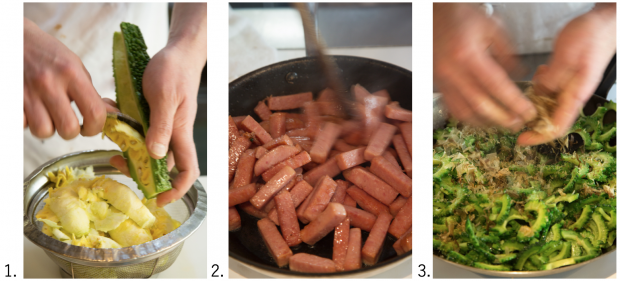
Step 4: Once stir-fried together, leave to rest for a day
When all the ingredients are well mixed, turn off the heat and spread out onto a flat container such as a tray; at TAMA, the heat is rapidly removed directing an electric fan at the tray and then refrigerated in a storage container. When the goya chanpuru is left in the fridge for a day, the goya softens and becomes soft and tender, giving it the texture of an evergreen vegetable image. This is the taste of Okinawa.
Step 5: Fry the eggs
Remove the goya chanpuru from the fridge and allow it to come to room temperature. Heat the salad oil in a wok and add the beaten eggs from the pan skin to make fluffy, thinly cooked eggs. Add the goya chanpuru before the eggs become too hard. As it is already cooked, do not over-fry here, just enough to get the whole thing hot.
Step 6: Fry together with the eggs
When the eggs are fluffy, add the goya chanpuru and stir-fry quickly to combine with the eggs. When the eggs and other ingredients are well mixed, season with salt, light soy sauce and sugar. As the pork luncheon meat and tofu are already salty, it is best to season sparingly. Place on a plate and garnish with bonito flakes.
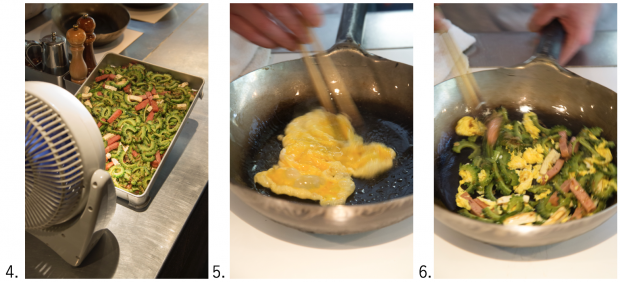
Secrets of the goya chanpuru at Ryukyu Chinese TAMA
“If there is a trick to this dish, it is to cook it slowly,” says Tamayose. It is said that stir-frying is quick, but the opposite is true.
“Goya chanpuru is a completely different dish from Chinese stir-fry. So you stir-fry it slowly until it wilts.” Rather, goya chanpuru is a meal preppable dish made in a sense similar to stewed food. In Okinawan households, rafte (boiled pork) is also often prepared as a meal prep dish.

“In the shop we fry a lot of goya at once. Today we have 1.7 kg. It’s impossible to fry them all at once, so we fry them half at a time. We use salad oil.” First, the goya is slowly stir-fried. Slowly fry the goya over a high heat at first, but when the oil has covered the entire goya, turning it from the bottom, turn the heat down to medium. When the bitter gourd becomes soft, rub the bonito flake shavings into a fine powder and sprinkle it all over.
“Instead of adding dashi, I let the bonito flakes bind around the pieces of goya,” and it is the shavings that give the goya its umami. As you fry it further, the water drains out and the whole thing becomes chunky. The bitterness decreases with stir-frying.
“Goya tend to scorch on the cut side, so be careful. Ideally, cut it thickly and it should be fluffy at the end of frying. Some grandmothers are very good at this. Season lightly with salt, sugar and pepper.”
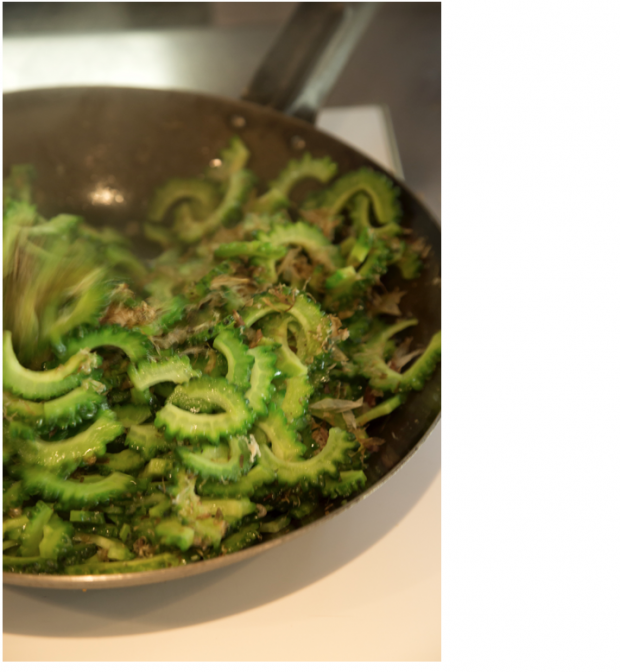
Both pork luncheon meat and island tofu, which are combined with goya, are essential ingredients in everyday Okinawan life. Pork luncheon meat commonly used at home is the ‘Tulip’ brand. It is characterised by being less salty than the ‘spam’ brand. Pork luncheon meat and island tofu are stir-fried separately and slowly. The pork luncheon meat becomes glutinous when cooked. Stir-fry until it becomes elastic. Island tofu is also stir-fried just enough to brown around the edges. The tofu is suitable for stir-frying as it is quite low in water content and does not easily lose its shape.
The separate items are all stir-fried together and left to rest in the fridge for a day; after a day, the dish is less of a stir-fry and more of a stew with no water in it. Tamayose stir-fries it with eggs, seasoning with salt, light shoyu and sugar, and finishes with shavings.
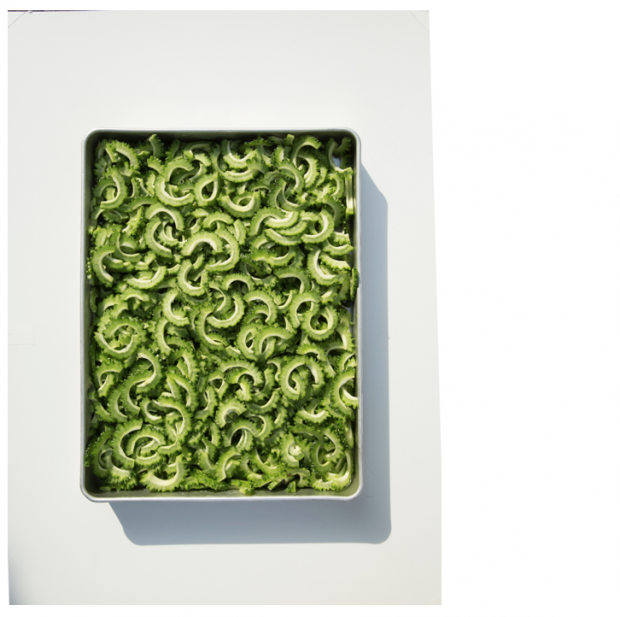
The word ‘champuru’ is said to be derived from the Indonesian Malay verb ‘champur’, meaning to mix, and refers to a dish in which various ingredients are mixed together. There is also a belief that chanpuru is always made with tofu, while stir-fried dishes without tofu are called by other names, such as ili chi(イリチー), tasiyar(タシヤー)or puttu lu(プットゥルー). This shows that island tofu is an important part of stir-fries.
When facing towards Southeast Asia, Okinawa is the frontier of Japan. It has a unique culture, where food is also a part of the interaction with Southeast Asia. It combines the best of Japanese and Asian cuisine. Okinawa’s cuisine speaks of its climate.
This article is translated from https://intojapanwaraku.com/rock/gourmet-rock/1406/






